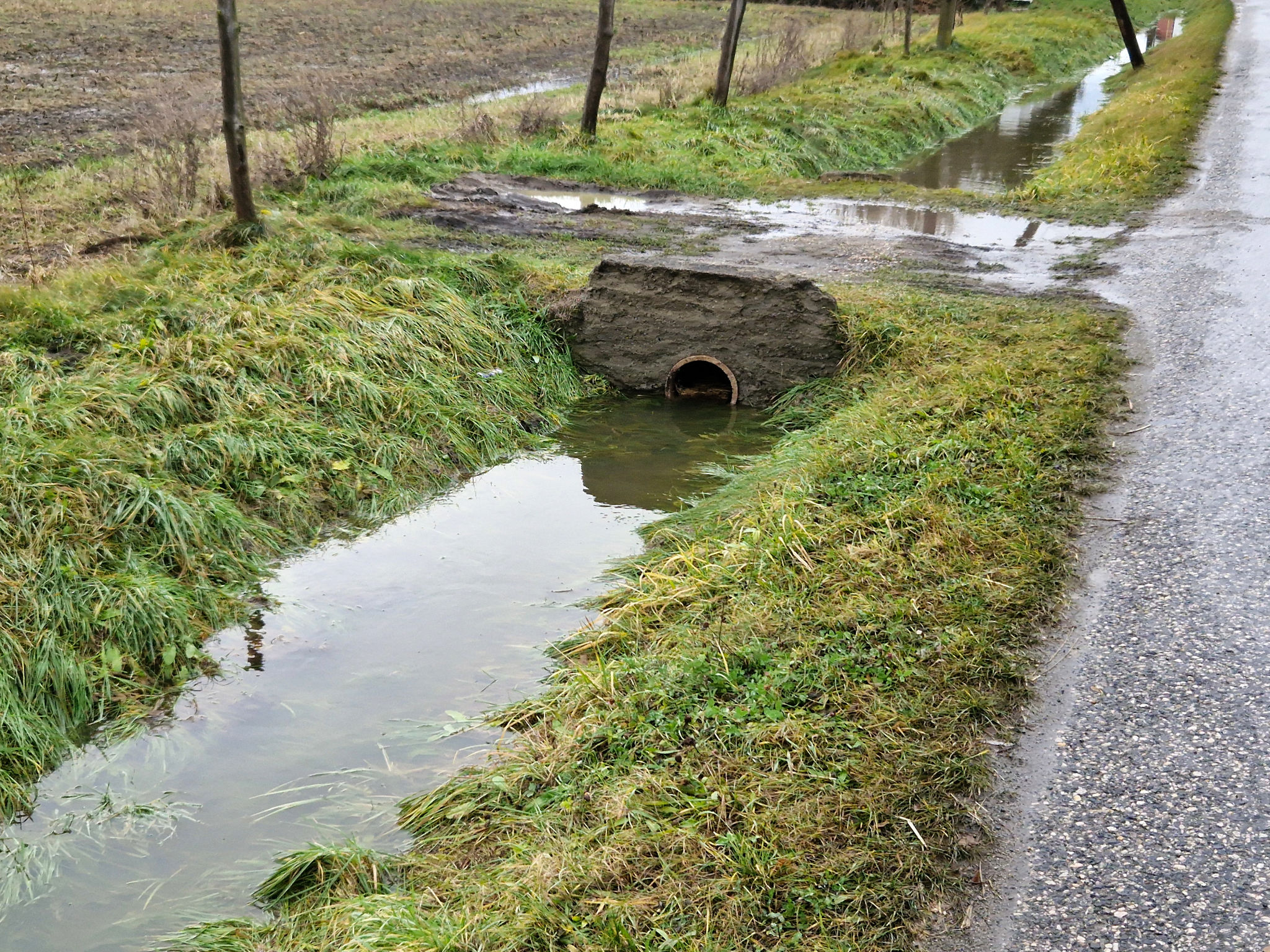Comparing Water Management Solutions: Floating Covers vs. Traditional Methods
Understanding Water Management Solutions
Water management is a critical aspect of various industries, from agriculture to municipal services. Effective water management solutions are essential for ensuring the sustainability and efficiency of water resources. Among the most debated methods are floating covers and traditional management techniques. Both have their advantages and disadvantages, depending on the specific needs and goals of a project.

What Are Floating Covers?
Floating covers are flexible membranes that float on the surface of water reservoirs, providing a barrier between the water and the environment. These covers are typically made from durable materials such as high-density polyethylene (HDPE) or reinforced polypropylene. Floating covers are designed to control evaporation, reduce contamination, and prevent algae growth by minimizing sunlight exposure.
One of the primary benefits of floating covers is their ability to significantly reduce water loss due to evaporation. This is particularly important in arid regions where water scarcity is a pressing issue. By covering large water surfaces, floating covers can help conserve water and maintain its quality.
Traditional Water Management Methods
Traditional water management methods vary widely but often include physical barriers like dams, canals, or open reservoirs. These methods have been used for centuries to store and distribute water. While they have proven effective in many cases, they come with their own set of challenges.

One major drawback of traditional methods is their tendency to allow for significant evaporation. Open reservoirs, for example, can lose substantial amounts of water to the atmosphere, especially in hot climates. Additionally, without proper maintenance, these systems can be vulnerable to contamination from debris or wildlife.
Comparing Efficiency and Costs
When comparing floating covers to traditional methods, efficiency and cost are critical factors. Floating covers often represent a higher initial investment due to material and installation costs. However, they can offer long-term savings by reducing water loss and minimizing maintenance requirements.
Traditional methods may have lower upfront costs, but they can incur higher maintenance expenses over time. Moreover, the environmental impact of constructing large physical structures can be significant. Therefore, when evaluating cost-effectiveness, it's essential to consider both short-term and long-term factors.

Environmental Impact Considerations
Environmental impact is another crucial consideration when choosing between these water management solutions. Floating covers are designed to minimize ecological disruption by preserving water resources and reducing chemical treatment needs. Their reduced footprint compared to traditional infrastructures allows them to integrate seamlessly into existing landscapes.
In contrast, traditional methods often require significant alterations to the natural environment, which can disrupt local ecosystems. The construction of dams or reservoirs can lead to habitat loss for various species and alter the natural flow of waterways.
Choosing the Right Solution
The choice between floating covers and traditional water management methods depends on several factors, including environmental conditions, budget constraints, and specific project goals. Floating covers offer a modern solution that emphasizes sustainability and conservation, making them an attractive option for projects prioritizing environmental impact.
On the other hand, traditional methods might be more suitable for large-scale projects where initial costs need to be minimized or where existing infrastructure can be utilized. Consulting with water management experts can provide valuable insights into which solution best aligns with your objectives.
